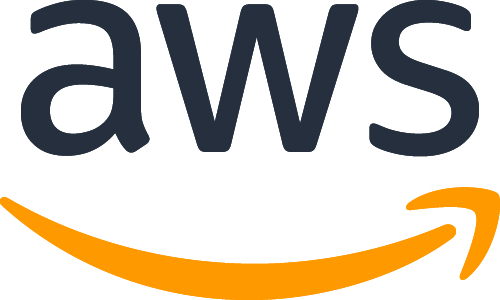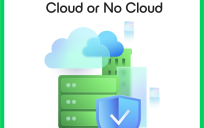When organizations migrate applications to the cloud, they quickly discover that the measures of their success are both complicated and elusive.
The problem is that you need to tap into countless sources of data to understand how well a cloud service is performing, and those data sources are scattered across the enterprise. In that environment, different teams tend to focus on different metrics, so they often have different ideas about how services are performing. For example, application performance tools might show no problem on the backend, yet end-users could experience frustrating slow-downs.
One solution is to integrate all that data in one platform that is accessible across the organization.
“With everything enabled in one platform your teams have a single source of truth with zero context switching,” said Kate Powers, Associate Product Marketing Manager at Datadog, which provides a monitoring and security platform for cloud applications.
Datadog’s platform has received Low-Impact Software-as-a-Service (LI-SaaS) authorization from the Federal Risk and Authorization Management Program (FedRAMP) in AWS GovCloud, and it’s in process to receive FedRAMP Moderate.
Get the big picture
The idea is to use a single agent to collect data from a wide variety of platforms — servers, containers, applications and cloud-based services — and to use machine learning and other automated capabilities to correlate that data and get a cohesive picture of performance. Key capabilities include:
- Infrastructure monitoring for your back-end servers and cloud-based instances
- Application performance monitoring on the application server
- Log Management for all front-end and back-end logs, which allows you to analyze the details of issues
- Synthetics, for proactive testing of application programming interface (API) endpoints and websites to detect issues before it impacts your customers
- User monitoring for browsers and mobile devices
- Network performance to manage and optimize the traffic flow across the entire stack
Keep in mind, however, that the performance of cloud-based applications often hinges on systems in multi-cloud and on-premises environments. That’s why it’s critical to install agents wherever such dependencies exist.
Monitor for compliance
Security monitoring is another important piece for government customers, said Ashneet Gujral, Solutions Architect at Amazon Web Services.
GovCloud is based on a shared responsibility model when it comes to security. While AWS ensures the security of the underlying cloud platform, the customer needs to choose and monitor the security configurations of the applications and systems they deploy in the cloud, said Gujral.
This is critical to ensuring compliance with key government frameworks and standards. “A data observability platform helps you meet those controls as well as to see what is going on in your environment,” he said.
Understand the business perspective
As noted earlier, to get a true measure of performance, you can’t just look at technical metrics. You need to understand how performance affects the business or mission side of operations.
For example, if there’s something amiss with a mission-oriented application, how do you know if the problem is with the application itself or with the underlying infrastructure?
Providing a unified approach to performance data “enables engineers to pivot seamlessly between correlated data to resolve business-impacting issues as quickly as possible,” said Chris Leffler, Enterprise Sales Engineer for Public Sector at Datadog.
Focusing on business-impacting issues also can help build support for an agency’s long-term cloud strategy, said Leffler.
“The ability to share critical information and context across the organization is key for ensuring customer satisfaction and strengthening internal buy-in for adopting AWS services,” he said. “A single source of truth instills confidence in an organization’s ability to rapidly resolve incidents.”
This online training was brought to you by:






Leave a Reply
You must be logged in to post a comment.